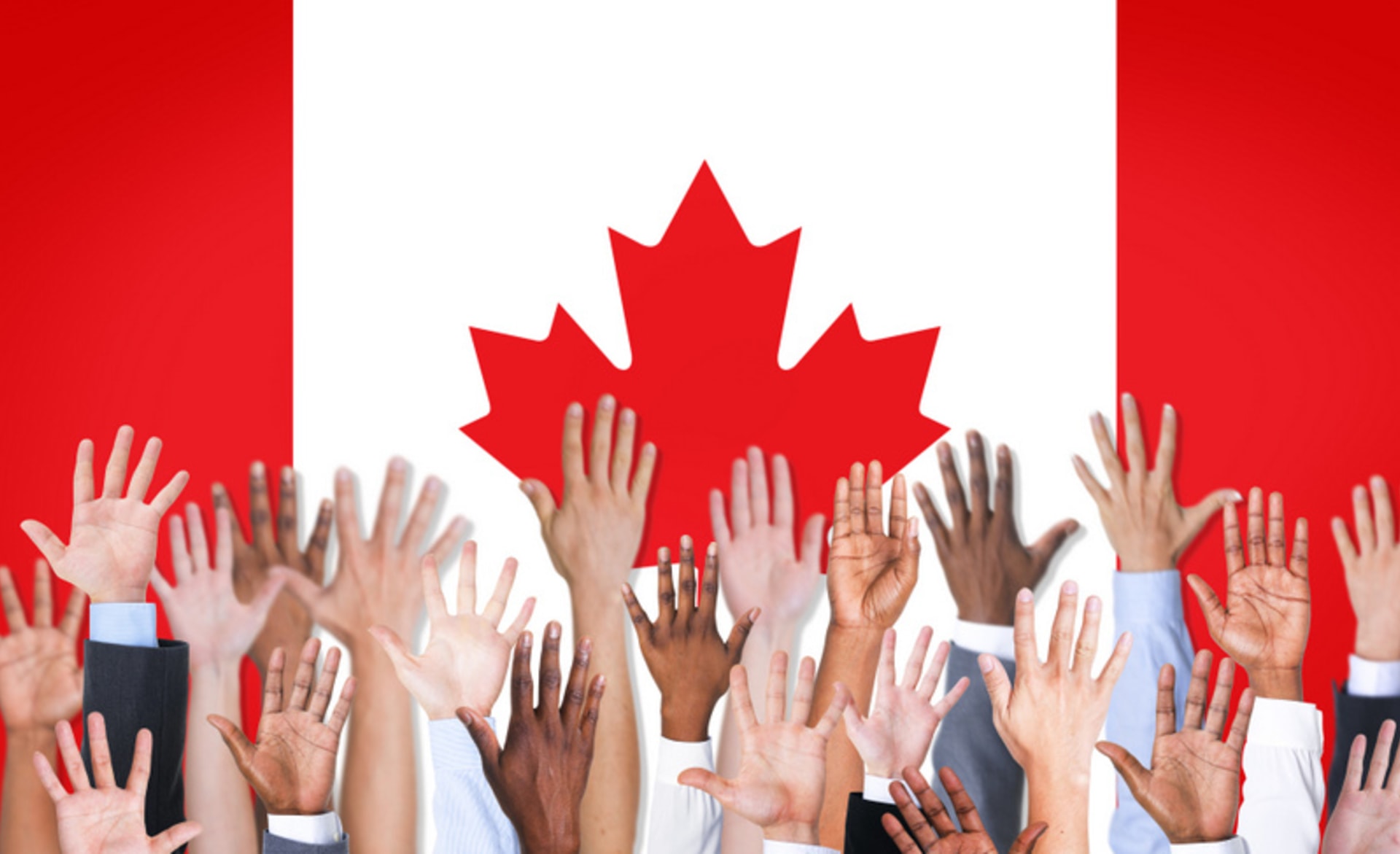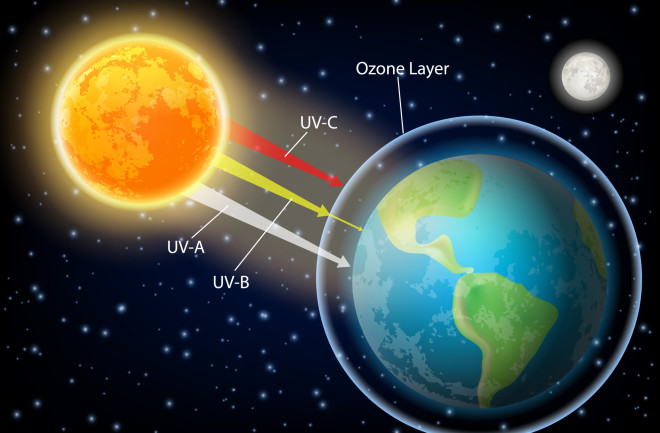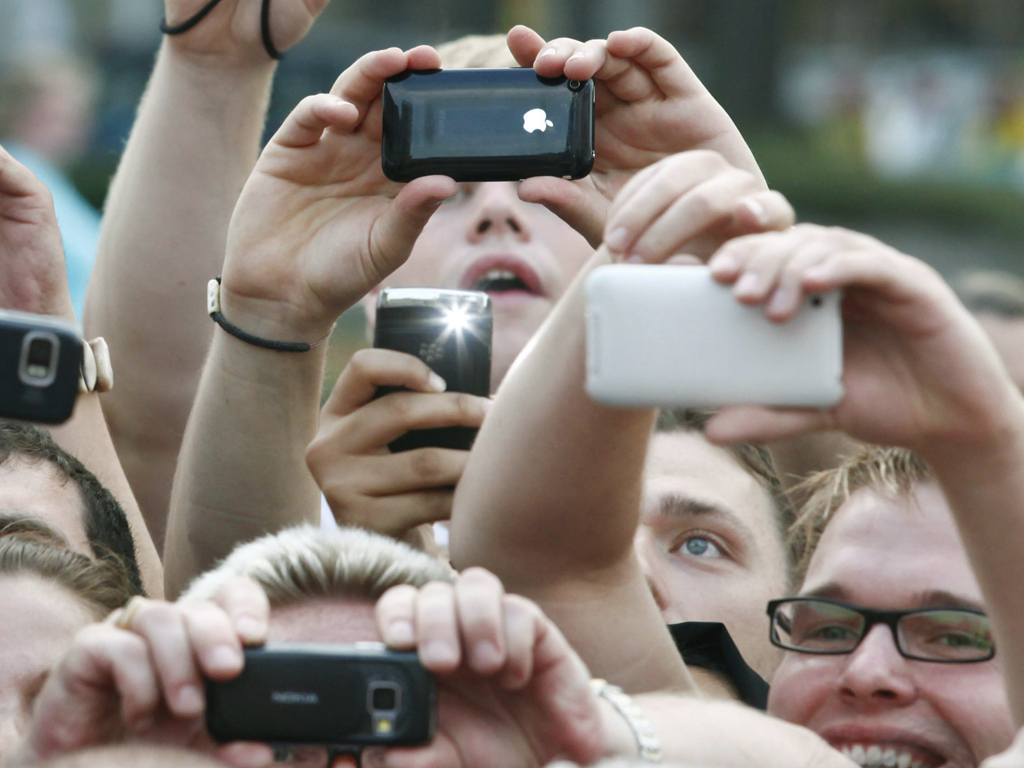Welcome to my blog! My name is Kabya and I am studying Accounting and Finance at Seneca College.
One argument presented in the article " In 2018 we need less nonsense and more science " I have chosen is: Water has feelings.
The article mentions a celebrity Gwyneth Paltrow declaring that water has feelings. I completely agree with this statement. Masaru Emoto, a Japanese scientist who studied water, studied how human words and thoughts affect water. Emoto’s experiments involve exposing glasses of water to various words, pictures, or music, then freezing the water and examining the frozen crystals under a microscope. Emoto claims that positive words and emotions, classical music, and positive prayer directed at the water produce beautiful crystals, while negative words and emotions and crude music, such as heavy metal, produce ugly crystals. When exposed to prayer, polluted water is restored to the beautiful, healthy crystals found in clean, healthy water. Dr. Emoto studied how sound affects water and the images below show distorted crystalline patterns after listening to heavy metal music. Dr. Masaru Emoto's work has shown us that water is living energy. Water exposed to negative words, insults, harsh sounds, and harsh music forms less pure crystals than water exposed to positive words, kindness, and beautiful music. Water is affected by human thoughts, sounds, and intentions. Dr. Emoto and Bernard Ratheiser are the inventors of practical technologies that restructure water molecules. Bernhard Ratheiser's beautiful water structuring devices utilize vortexing and sacred geometry to realign water with the energy of creation. When water passes through his devices, its inherent spring water quality is restored, and memory is erased and toxins are energetically neutralized. The VitaJuwel Wellness bottle is the perfect way to charge your water and see the crystalline structure of the water. Masaru Emoto's work on water, the Emoto Peace Project, and Michiko Hayashi's work on the water is making it easier to access water's highest vibration. Because we humans are made largely of water, Emoto posits that hurting water's feelings is bad for our health. Dr. Emoto says that drinking water that has been exposed to positive emotions and ideas (such as the Ubuntu water) has a positive effect on health, while water exposed to feelings of hate or violence causes disease.
Emoto's theories propose that water can respond to human emotion, thoughts, words, and written messages. Emoto claims to capture water's expressions through photographs of highly magnified, newly formed ice crystals.
The basic idea is that a test subject directs a certain emotion at a sample of water. The emotion can be conveyed by speech, by silent thought, or even by writing. The water picks up the vibrations caused by the emotion and changes its molecular structure so that when frozen, it forms ice crystals which reflect the original emotion – so the word "Hope" written on a beaker of water causes beautiful symmetrical crystals, while the word "War" creates a disintegrating mess.
I believe that water has feelings. Let’s put it this way: If bloody murder took place in a home, would you want to drink any water that was kept on the premises at that time? Obviously not.
But if it is a happy home with a fine, healthy family and good vibes all around, of course, you would be happy to partake in their food and drink. Our conscience and intuition know that these things are true.
References
1. Caulfield, T. (2018, Jan 06) The Sound Of Science: Quantum physics! Stem cells! We live in a scientific age, so it's no surprise that deceptive language is being used (and abused) to market nonsense. The Globe and Mail; Toronto, Ont. Retrieved from https://www.proquest.com/docview/1985034643
2. Dr. Masaru Emoto and Water Consciousness. (2017, Mar 23). Retrieved from https://thewellnessenterprise.com/emoto/
3. [Photograph] https://cdn.hswstatic.com/gif/water-update.jpg
Blog Prompt 2
Canada is a very interesting country, mainly due to its diversity. The weather in Canada can be both freezing and very hot. Some land is rocky and mountainous, while other places are composed of flat, rolling hills. And in Canada, you can find many different races, from Asian to Latin, African to Indian. Today in Canada it is not uncommon to see people of various races, ethnic backgrounds, or cultural groups living within a mutual society; commonly known as multiculturalism. Multiculturalism refers to the presence of or support for the presence of several distinct cultural or ethnic groups within a society. Canada is the most multicultural country in the world, and a lot of Canada's development and success can be attributed to immigrants coming to Canada (Samuda, 1984). Asians continue to come to Canada to live stable and peaceful lives, and to learn from friendly and understanding people, which most Canadians take for granted.
The Multicultural Policy in Canada states that all people are equal, and can participate as a member of society, regardless of racial, cultural, ethnic, or religious background. Multiculturalism strives to preserve people’s cultural identity, while at the same time ensuring that common Canadian values are upheld (Reitz, 1980).
Diversity Makes Us Smarter. Diversity is important to build teams capable of innovating, and it can enhance creativity. When different people are brought together, they bring different information, opinions, and perspectives to solve problems. This makes sense when dealing with disciplinary backgrounds, but it also makes sense for social diversity. Diversity promotes hard work and creativity because it pushes people to consider alternatives before any interpersonal interaction takes place.
Both Balcita and Lam discuss feelings of alienation and acceptance of differences in the given article. When people notice that they are socially different, they change their expectations and work harder to find a consensus. When I entered Canada as an international student and I was new here I also had the feeling of alienation. I felt a bit insecure as I used to think I don't belong here. But gradually I accepted the difference and everything fell into place. Canada is my home now.
References
1. Samuda, Ronald J. (1984). Multiculturalism in Canada: Social and Educational Perspectives. New Jersey: Prentice Hall.
2. Reitz, J.G. (1980). The survival of ethnic groups. Toronto: McGraw-Hill.
3. Multiculturalism In Canada: The benefits of a multicultural society. (2016, Jun 21). Retrieved from https://studymoose.com/multiculturalism-in-canada-the-benefits-of-a-multicultural-society-essay
4. Lam, D. Pulling Together. (1995, Jan 30). Retrieved from https://archive.macleans.ca/article/1995/1/30/pulling-together
5. [Photograph] https://keystoneacademic-res.cloudinary.com/image/upload/f_auto,q_auto,c_fill,w_1920/element/47/47225_Canada_Multicultural_1.jpg
Blog Prompt 3
In his article, Hutson (2017, May 31) discusses ways in which scientific advances can bridge gaps to ultimately improve people’s quality of life. People who suffer from various ailments often undergo human trials to resolve health problems in new, and often unconventional ways. Medical advances in amputations have progressed a lot since the Civil War, but new surgery techniques can make robotic limbs almost as responsive as real limbs. Scientists developed several ways to bridge the gap in the signal path from the brain to the limb after amputation. However, they still failed to take advantage of a simple biological solution for joint control: the pairing of agonistic and antagonistic muscles. A new technique at MIT creates a linear pair of muscles that control a prosthetic joint. This method is inspired by the fundamental motor unit in biology, two muscles acting in opposition. This low-risk method could prevent painful neuromas, or abnormal nerve growth, by growing severed nerves into muscle grafts.
Science affects us all, every day of the year, from the moment we wake up, all day long, and through the night. Our digital alarm clock, the weather report, the asphalt we drive on, the bus we ride in, our decision to eat a baked potato instead of fries, our cell phone, the antibiotics that treat our sore throat, the clean water that comes from our faucet, and the light that we turn off at the end of the day have all been brought to us courtesy of science. The modern world would not be modern at all without the understandings and technology enabled by science.
Science and technology have had a major impact on society, and their impact is growing. By drastically changing our means of communication, the way we work, our housing, clothes, and food, our methods of transportation, and, indeed, even the length and quality of life itself, science has generated changes in the moral values and basic philosophies of mankind. Beginning with the plow, science has changed how we live and what we believe. By making life easier, science has given man the chance to pursue societal concerns such as ethics, aesthetics, education, and justice; to create cultures, and to improve human conditions. But it has also placed us in the unique position of being able to destroy ourselves.
A better understanding of how developments in science and technology influence the creation of new occupations and subsequent changes in educational programs can help decision-makers at all levels of our society. As a result of research and development efforts, innovations are achieved, resulting in the creation of new occupations and the demand for employees with expertise in these new areas. To fulfill the demand, universities and colleges often revise their programs to address these needs. Several data sources are described in this paper that might help us to explore the relationship between advancements in the industry, emerging occupations, and educational changes over time.
Much has been said and talked about the importance of science and technology. In the current 21st century, science has progressed at such a rapid pace that it is now akin to an uncontrollable chain reaction. However, as the saying goes, every rose has its thorns, few adversities of the scientific revolution have brought about some major changes on the entire planet, regarding living, as well as non-living aspects. Environmental issues are the biggest concern that Earth is facing. Depleting ozone layer, increased global warming, reduced vegetation, climate change, animal extinction… the list goes on infinitely. It is the development of industries and the establishment of factories and plants, which have harmed everyone on the planet. Urbanization, improvement in infrastructure, research, and development, etc., are some areas of scientific advancements, but their price is too high to be ignored.
References
1. Hutson, M. (2017, May 31). This new surgical procedure could lead to lifelike prosthetic limbs. Retrieved from http://www.sciencemag.org/news/2017/05/new-surgical-procedure-could-lead-lifelike-prosthetic-limbs
2. [Photograph 1] https://innersoundrecharge.files.wordpress.com/2013/07/innersound-recharge-modern-civilisation.jpg?w=584
3. [Photograph 2] https://images.ctfassets.net/cnu0m8re1exe/5IiWsYbUPz3cFInXy0tKWZ/5ec372b831b72fe52042096eb3de1c09/shutterstock_1181453764.jpg?fm=jpg&fl=progressive&w=660&h=433&fit=fill
Blog Prompt 4
Geddes' "Growing Up native" is a memoir, where she tells the highs and lows of her whole life and explains why it feels like a story.
One of the lessons Carol has shared in her article is Native people need to have self-government. It won't be smooth sailing, and we'll learn through experience. They have a lot to teach and give to the world, including their holistic philosophy and way of living. We will have to learn through experience and start by crawling before we stand up and walk.
Another lesson she shared in her article is that we should be proud of our culture and always stand by it no matter what. We might have to face humiliation, discrimination, and racism like her but we must muster up enough courage and never give up.
For future generations to have more positive experiences people of all races and backgrounds must work together to create the needed change. White people must commit to becoming antiracists in addressing what our institutional systems are doing to People of Color… and to our community’s future. We must create, both individually and collectively, actionable strategies to confront and change the systemic racism of our culture. We need to look honestly at the structures within our own organizations, be actively anti-racist, and continue to support people speaking out against racism while appointing more Black, Asian, and Minority Ethnic people to positions of power and decision-making and supporting more Black, Asian, and Minority Ethnic people to tell their stories. We also need to ensure that as the way we live and work changes with climate change, automation, and inequalities in health that we are anticipating and responding now to prevent inequalities for Black Asian and Minority Ethnic people and other groups widening in the future. To those looking for ways to demand equality, as a white woman talking about race, I think it’s important to continue to call out racism, and crucially, to listen to Black, Asian, and Minority Ethnic people. This moment of reflection is overdue.
References
1. Geddes, C. Growing Up Native. Retrieved from http://mslock.weebly.com/uploads/5/9/3/9/59397655/growingupnative.pdf
2. [Photograph] https://www.rd.com/wp-content/uploads/2021/07/anti-racism.jpg
Blog Prompt 5
In the article "Smartphones and our memories: Don’t take a picture. It’ll last longer", the author argues that through the act of taking a photo, we rob ourselves of the unique experience of actually living in the moment we are trying to capture. I completely agree with the author's perspective. We warn ourselves that whatever we put into the cloud will stay there forever, but what's going into the cloud aren't our memories.
In 2013 researchers took participants on a museum tour and asked them to take pictures of particular objects, but not of others. Researchers found that photographing museum objects had a detrimental effect on memory and that people resorted to external devices to help them remember objects. Researchers found that participants who interacted meaningfully with the objects had better recall. Media and memory have a long history, but today's media offer certain twists that allow us to remember the world in a different way. We should focus on being in the moment rather than taking pictures of the moment. We should see and observe before taking a picture. Instead of trying to capture everything, we need to actually be present.






